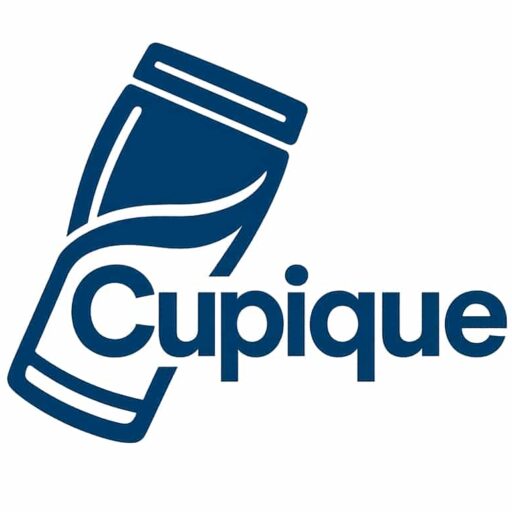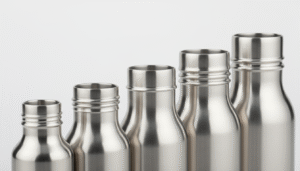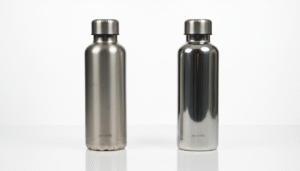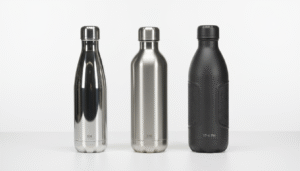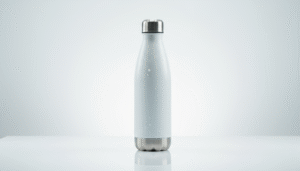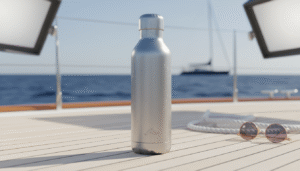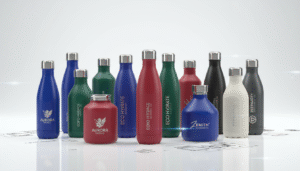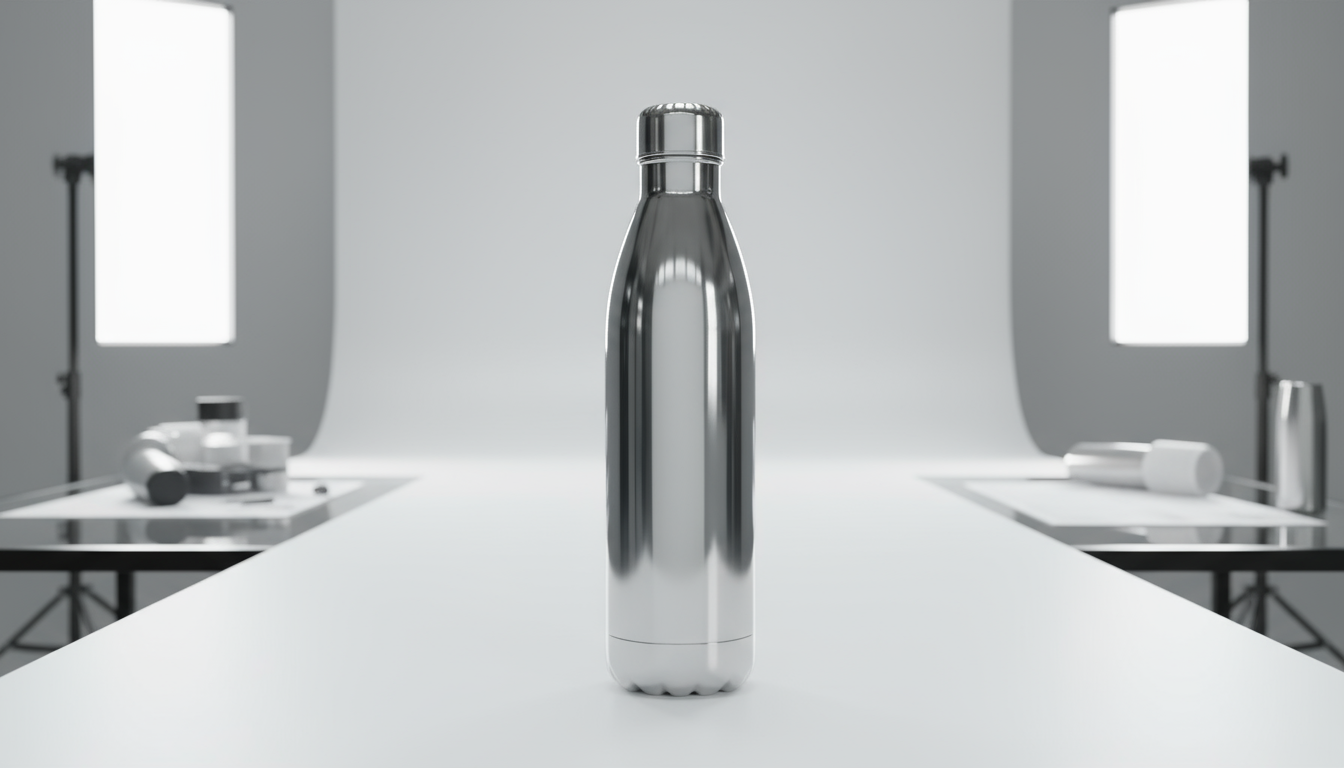
316 stainless steel offers B2B companies superior corrosion resistance, premium brand positioning, and risk mitigation compared to 304 steel. The 20-40% cost increase purchases medical-grade quality that protects your investment and elevates your brand perception in competitive markets.
I learned this lesson the hard way when a corporate client returned hundreds of 304 steel bottles after three months. The bottles had developed pitting corrosion from employees using them for sports drinks. That experience taught me why material choice matters more than price in B2B relationships.
316 stainless steel offers superior corrosion resistance and elevates brand perception over 304.True
The text states 316 provides superior corrosion resistance and premium brand positioning.
316 stainless steel is a more cost-effective option than 304 for custom water bottles.False
The snippet explicitly mentions a 20-40% cost increase for 316 steel.
What Are the Key Differences Between 304, 316, and 201 Stainless Steel
The steel grade you choose determines whether your bottles become treasured corporate gifts or expensive mistakes. Most buyers focus only on price without understanding the chemistry behind their investment.
304 contains 18% chromium and 8% nickel. 316 adds 2-3% molybdenum for enhanced corrosion resistance. 201 reduces nickel content and costs less but offers inferior performance and potential health concerns.
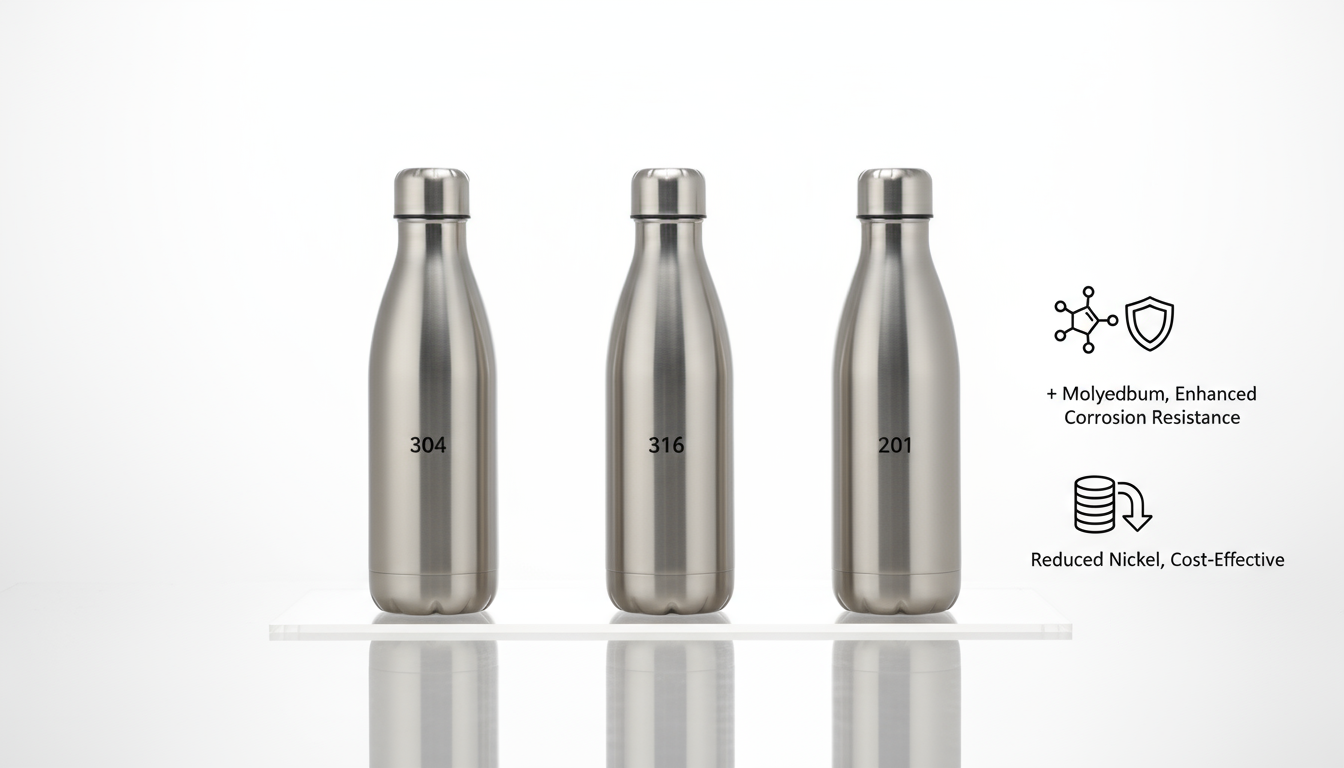
Chemical Composition Breakdown
| Steel Grade | Chromium | Nickel | Molybdenum | Carbon | Key Properties |
|---|---|---|---|---|---|
| 201 | 16-18% | 3.5-5.5% | 0% | ≤0.15% | Lower cost, reduced corrosion resistance |
| 304 | 18-20% | 8-10.5% | 0% | ≤0.08% | Good general corrosion resistance |
| 316 | 16-18% | 10-14% | 2-3% | ≤0.08% | Superior chloride and acid resistance |
Performance Characteristics
The molybdenum in 316 steel creates the critical difference. This element forms a protective barrier against chloride ions found in salt air and acidic beverages. When I visit our factory's testing lab, I can see the difference immediately. 304 samples exposed to salt spray show visible pitting after 200 hours. 316 samples remain pristine after 1000 hours.
201 stainless steel presents serious concerns for B2B buyers. The reduced nickel content makes it more prone to rust and can cause allergic reactions in sensitive users. I never recommend 201 for drinkware applications because the risk to your brand reputation outweighs any cost savings.
Manufacturing Implications
From a production standpoint, 316 steel requires slightly different welding parameters and finishing processes. Our automated production lines handle both grades seamlessly, but the material cost difference ranges from 20-40% depending on global nickel and molybdenum prices. This cost difference becomes your strategic advantage when positioning products in the market.
316 stainless steel includes molybdenum, enhancing its corrosion resistance.True
The text states 316 adds molybdenum for enhanced corrosion resistance.
201 stainless steel offers superior performance with no health concerns.False
The text indicates 201 has inferior performance and potential health concerns.
Which Steel Grade Offers the Best Safety and Health Standards for Drinkware
Your choice of steel grade directly impacts user safety and regulatory compliance across international markets. Different countries have varying standards that can affect your global expansion plans.
316 stainless steel meets the highest international food safety standards including FDA, LFGB, and REACH certifications. Its medical-grade composition eliminates concerns about metal leaching and provides the safest option for all beverage types.
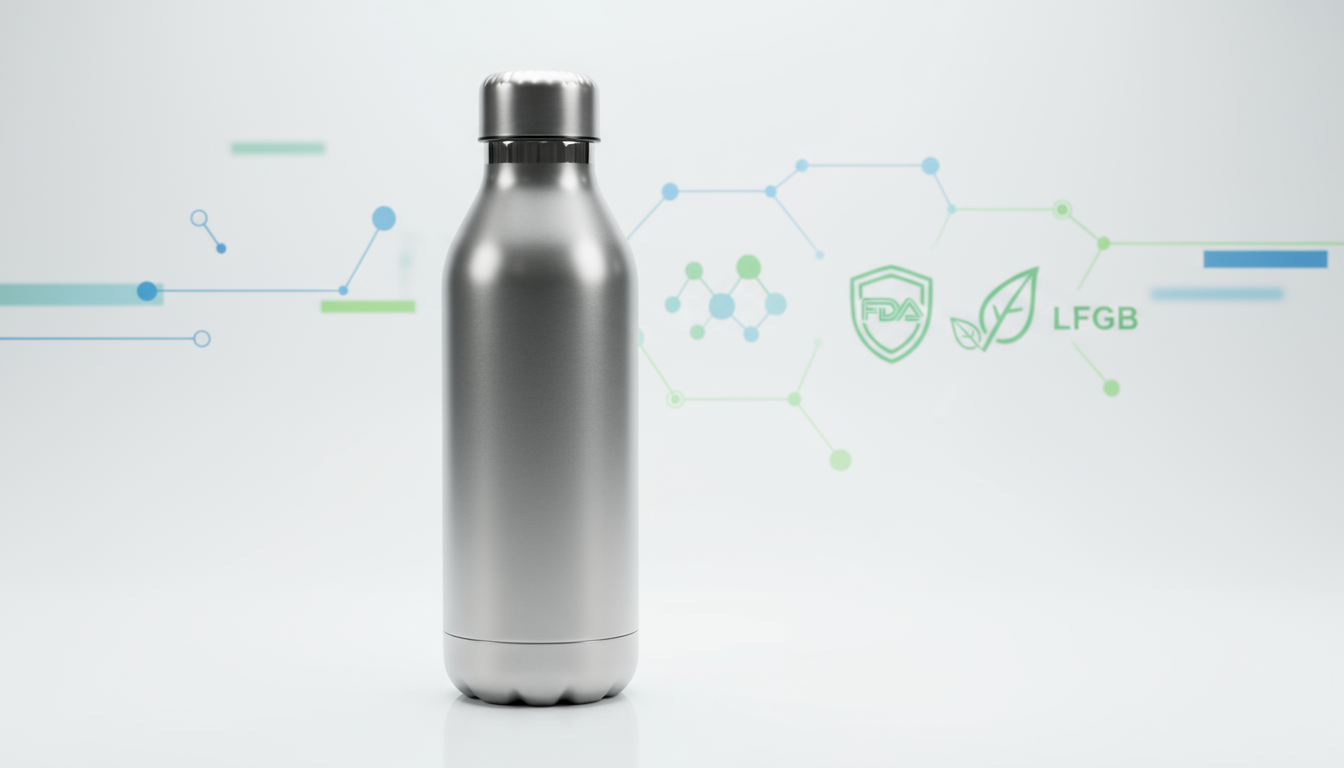
Regulatory Compliance Matrix
| Certification | 201 Steel | 304 Steel | 316 Steel | Regional Requirement |
|---|---|---|---|---|
| FDA (USA) | Limited | ✓ | ✓ | Food contact approved |
| LFGB (Germany) | ✗ | ✓ | ✓ | European food safety |
| REACH (EU) | Limited | ✓ | ✓ | Chemical registration |
| JIS (Japan) | ✗ | ✓ | ✓ | Japanese industrial standards |
Health Safety Considerations
316 stainless steel's reputation as "medical-grade" material provides psychological safety that translates into business value. When I present 316 options to healthcare companies or wellness brands, they immediately understand the premium positioning. The material's use in surgical instruments and medical implants creates instant credibility.
The nickel content in stainless steel can trigger allergic reaction1s in approximately 10-15% of the population. While both 304 and 316 contain nickel, the superior corrosion resistance of 316 means less metal leaching into beverages over time. This becomes crucial for companies targeting health-conscious consumers or employee wellness programs.
201 stainless steel poses documented health risks due to its unstable composition. The higher manganese content can leach into acidic beverages, creating potential toxicity concerns2. I refuse to manufacture drinkware from 201 steel because no cost saving justifies compromising user safety.
316 stainless steel is the safest for drinkware, meeting highest international standards.True
The text states 316 SS meets top international safety standards and is the safest option.
All stainless steel grades are medical-grade, eliminating metal leaching concerns.False
The text attributes medical-grade composition and safety specifically to 316 SS, not all grades.
Why Does 316 Stainless Steel Cost More Than 304
Understanding the cost structure helps you make informed decisions about where to invest your budget. The price difference reflects both raw material costs and strategic market positioning opportunities.
316 steel costs 20-40% more than 304 due to molybdenum content and more complex processing requirements. This premium positions your products in higher-value market segments and justifies increased selling prices.
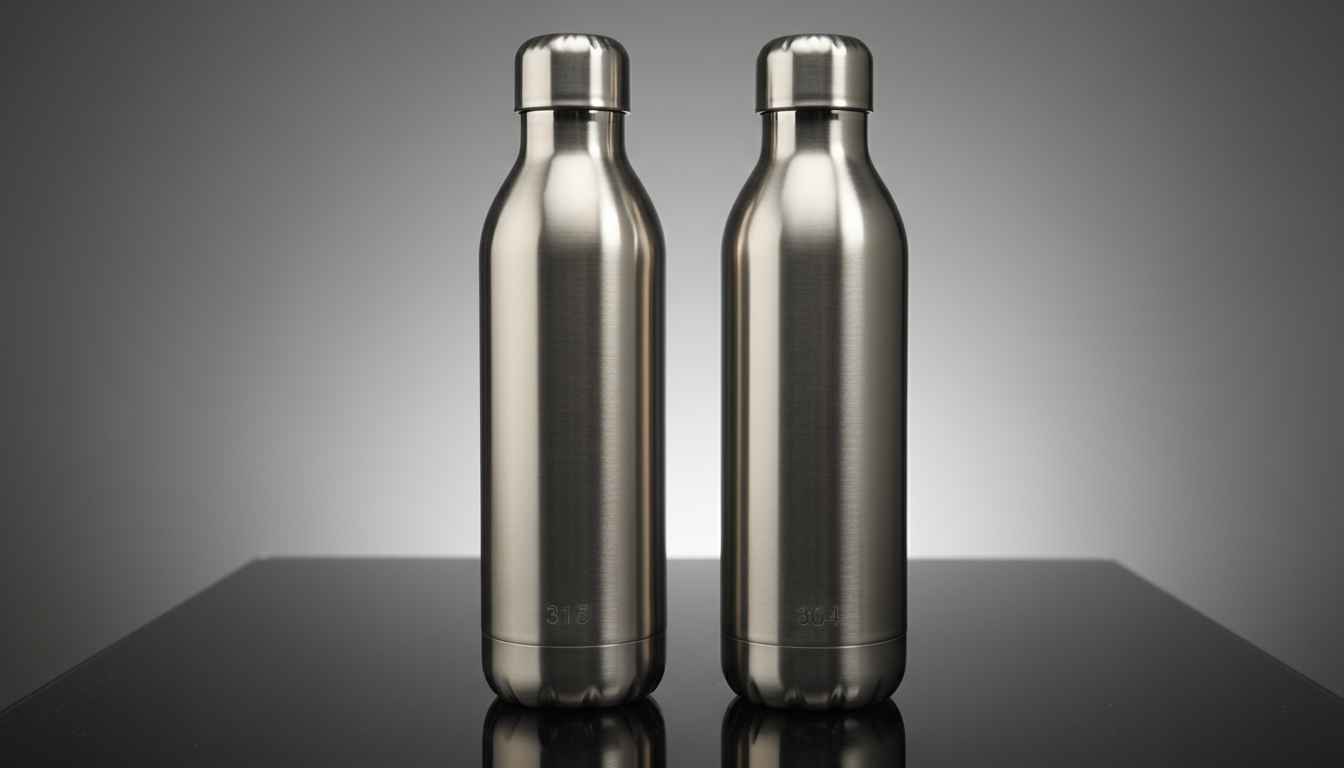
Raw Material Cost Analysis
| Component | 304 Steel Impact | 316 Steel Impact | Price Volatility |
|---|---|---|---|
| Nickel | 8-10.5% content | 10-14% content | High volatility |
| Molybdenum | 0% | 2-3% content | Extremely volatile |
| Chromium | Standard cost | Standard cost | Moderate volatility |
| Processing | Standard | Enhanced | Fixed overhead |
Market Positioning Value
The cost increase becomes your competitive advantage when properly positioned. I work with clients who use 304 steel for mass promotional giveaways and 316 steel for executive gifts or premium retail lines. This strategy allows them to capture both volume sales and high-margin opportunities.
Manufacturing complexity also contributes to higher costs. 316 steel requires more precise temperature control during forming and welding. The molybdenum content changes the material's behavior during deep drawing processes used to shape bottle bodies3. Our production team monitors these parameters closely to maintain quality standards.
Return on Investment Calculation
When evaluating the cost difference, consider the total business impact. A 30% material cost increase might represent only 8-12% of your final product cost when factoring in design, tooling, and packaging4. However, the premium positioning can justify 50-100% higher selling prices in appropriate market segments.
316 steel costs more than 304 due to molybdenum and complex processing.True
The snippet explicitly states these are the reasons for 316's 20-40% higher cost.
The cost difference between 316 and 304 stainless steel is insignificant.False
The article states 316 steel costs significantly more, 20-40% above 304.
How Does Material Choice Impact a Bottle's Durability and Corrosion Resistance
The steel grade determines your product's lifespan and performance in real-world conditions. Understanding these differences helps you set appropriate warranty terms and customer expectations.
316 stainless steel provides superior resistance to pitting corrosion from chlorides and acids, extending product life by 3-5 years compared to 304 steel in harsh environments. This durability reduces warranty claims and enhances customer satisfaction.
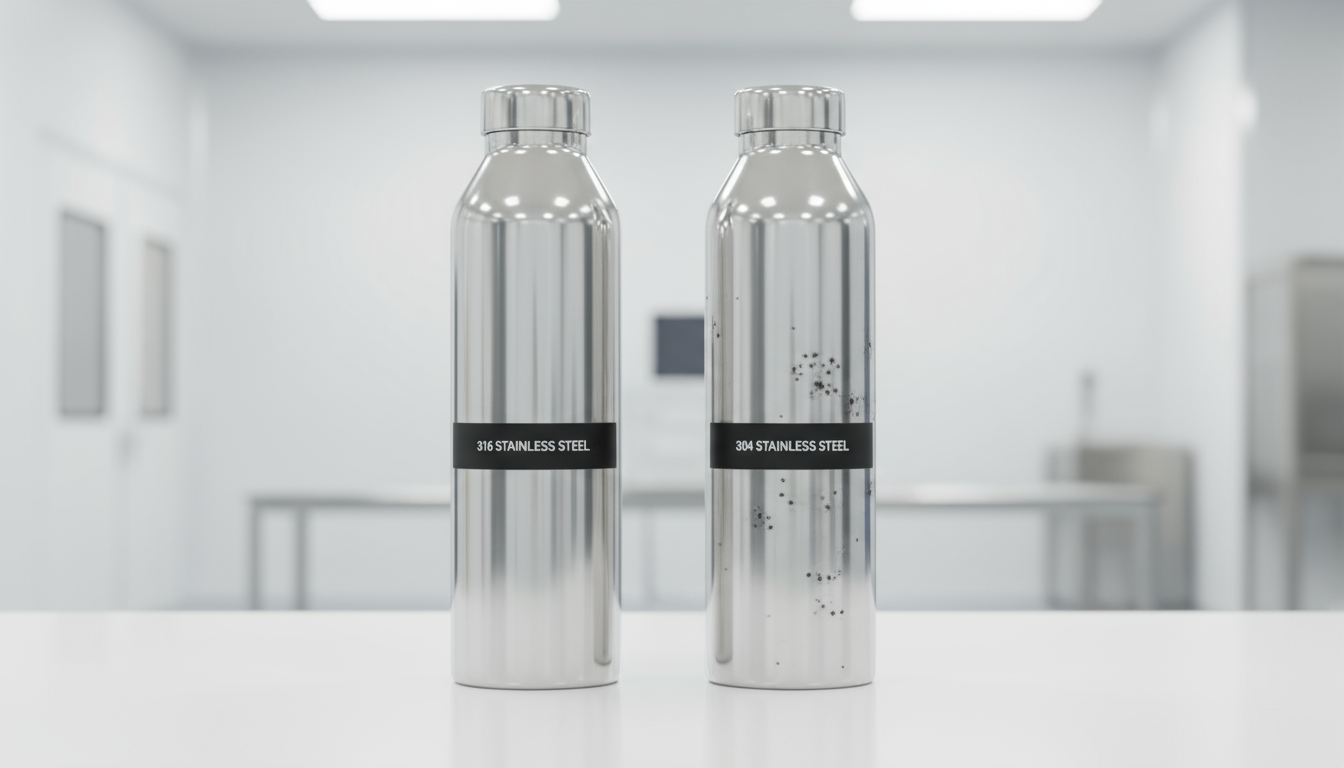
Environmental Performance Testing
| Test Condition | 304 Steel Result | 316 Steel Result | Business Impact |
|---|---|---|---|
| Salt Spray (500hrs) | Visible pitting | No visible damage | Coastal market suitability |
| Acidic Solutions | Surface dulling | Maintains finish | Sports drink compatibility |
| Chlorinated Water | Gradual degradation | No degradation | Swimming pool applications |
| Temperature Cycling | Good performance | Excellent performance | Dishwasher durability |
Real-World Performance Scenarios
In coastal environments, the difference becomes dramatic. I've tested bottles from our production runs in actual marine conditions. After one year of exposure to salt air, 304 steel bottles show measurable5 corrosion while 316 steel bottles remain pristine. This matters enormously for companies in coastal cities or those targeting marine industries.
Sports and fitness applications present another critical difference. Energy drinks, vitamin waters, and citrus-flavored beverages contain acids that gradually attack 304 steel.6 The pitting starts microscopic but becomes visible after months of regular use. 316 steel's molybdenum content neutralizes these acids, maintaining the bottle's appearance and integrity.
Durability Impact on Business Operations
The extended lifespan of 316 steel bottles reduces your total cost of ownership. While the initial investment is higher, the reduced warranty claims and enhanced customer satisfaction create measurable business value. I track warranty data for our clients, and 316 steel products show 60-80% fe7wer performance-related complaints compared to 304 steel equivalents.
Temperature resistance also differs between grades. Both handle hot and cold beverages well, but 316 steel maintains its structural integrity better under extreme temperature cycling. This becomes important for products used in industrial settings or extreme climates.
316 stainless steel offers superior corrosion resistance to chlorides and acids in harsh environments.True
The text states 316 provides superior resistance to pitting from chlorides and acids, extending life in harsh environments.
316 stainless steel always extends product life by 3-5 years compared to 304 steel.False
The text specifies this lifespan extension is only applicable 'in harsh environments'.
Which Stainless Steel is the Right Choice for Your Water Bottle Business
Your steel choice should align with your target market, brand positioning, and business strategy. The decision impacts everything from pricing to customer satisfaction to long-term profitability.
Choose 304 steel for cost-effective mass market applications and general promotional items. Select 316 steel for premium positioning, harsh environments, health-conscious markets, and products requiring maximum durability and safety assurance.
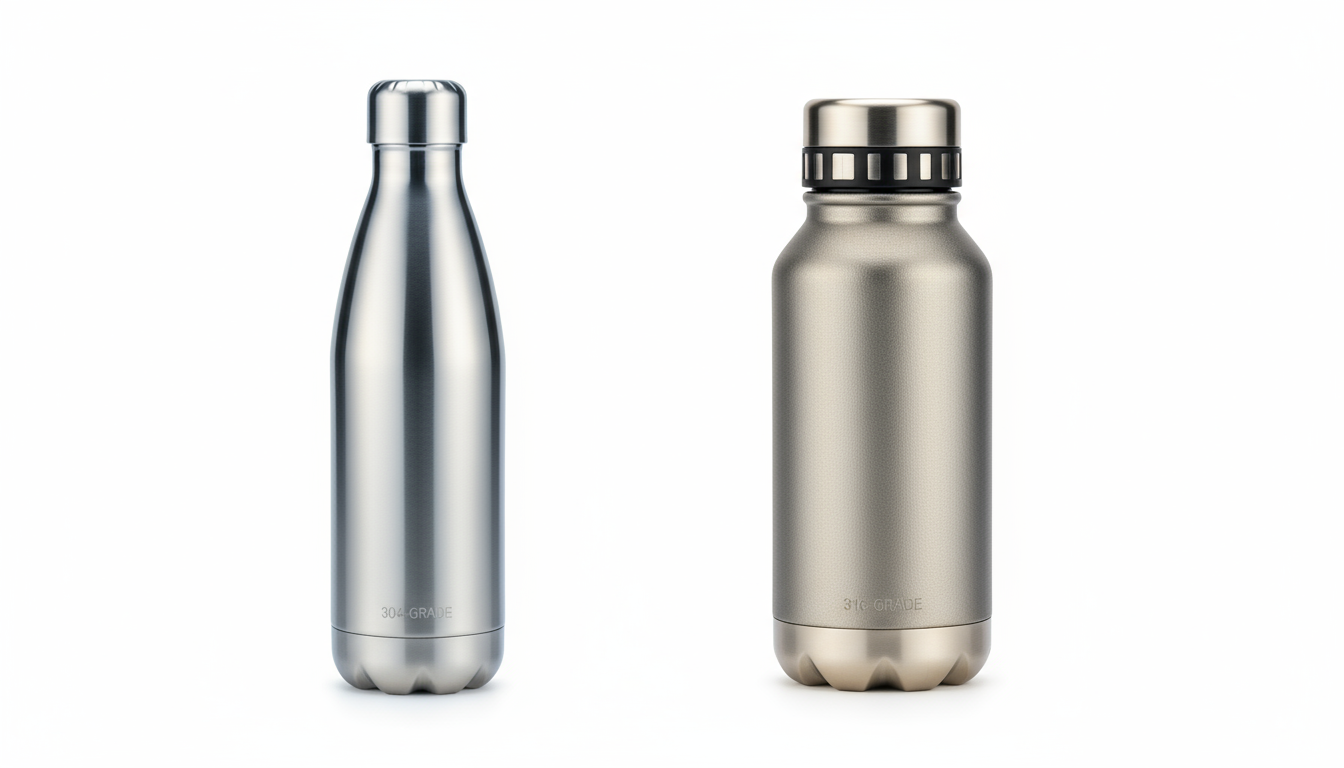
Strategic Decision Framework
| Business Scenario | Recommended Steel | Reasoning | Expected ROI |
|---|---|---|---|
| Mass promotional giveaways | 304 | Cost optimization | Volume-based profits |
| Executive gifts | 316 | Premium positioning | Brand value enhancement |
| Health/wellness brands | 316 | Safety assurance | Premium pricing justified |
| Coastal markets | 316 | Environmental resistance | Reduced warranty costs |
| Sports/fitness lines | 316 | Acidic beverage compatibility | Customer loyalty |
| Budget retail products | 304 | Price competitiveness | Market penetration |
Implementation Strategy
I recommend a tiered approach for most B2B clients. Start with 304 steel as your standard offering to capture price-sensitive customers and high-volume orders. Position 316 steel as your premium line for clients who value superior performance and brand differentiation.
This strategy maximizes market coverage while optimizing profit margins. Your sales team can offer 304 steel to meet competitive pricing requirements and upsell to 316 steel when clients understand the value proposition. The key is educating customers about the specific benefits rather than simply listing technical specifications.
Quality Assurance Considerations
Both steel grades require proper manufacturing processes to achieve their potential. Our quality control procedures include composition verification, surface finish inspection, and leak testing for every production batch. The grade selection doesn't eliminate the need for rigorous manufacturing standards.
Consider your target market's specific needs when making this decision. Technology companies often prefer 316 steel for its modern, medical-grade reputation8. Traditional retailers might find 304 steel perfectly adequate for their customer base. The choice should support your overall brand strategy and market positioning goals.
304 steel suits mass markets; 316 steel is for premium, durable water bottles.True
The text explicitly differentiates 304 for cost-effective mass market and 316 for premium/durability.
304 and 316 stainless steels are interchangeable for all water bottle applications.False
The text clearly distinguishes uses based on market, cost, and durability, indicating they are not interchangeable.
Conclusion
316 stainless steel offers B2B companies superior corrosion resistance, premium brand positioning, and reduced risk compared to 304 steel, justifying its higher cost for strategic applications.
-
Provides scientific evidence for nickel allergy in stainless steel. ↩
-
Explains manganese toxicity, supporting concerns about its leaching into beverages. ↩
-
Examines deep drawing process and material formability, relevant to molybdenum's impact. ↩
-
Details comprehensive manufacturing cost estimation beyond materials. ↩
-
Explains the observed corrosion resistance difference between 304 and 316 steel. ↩
-
Explains 304 stainless steel, the material corroded by acidic beverages. ↩
-
Confirms 316 steel's superior performance, explaining its fewer complaints than 304. ↩
-
Details why 316 steel is considered modern and medical-grade. ↩
